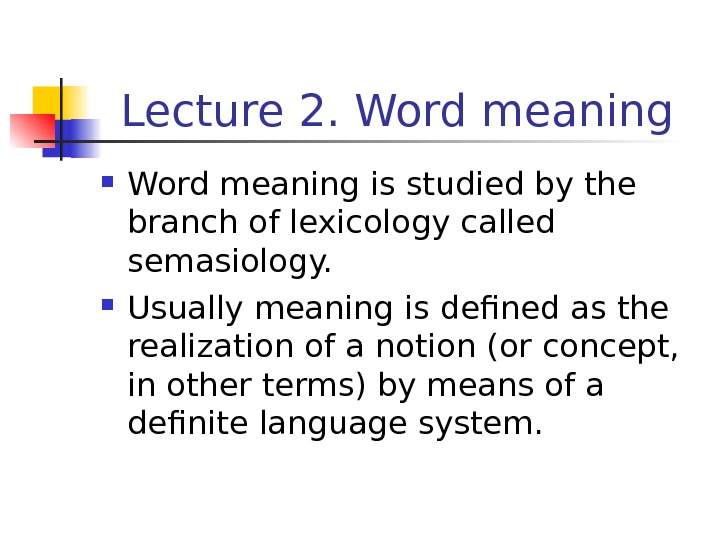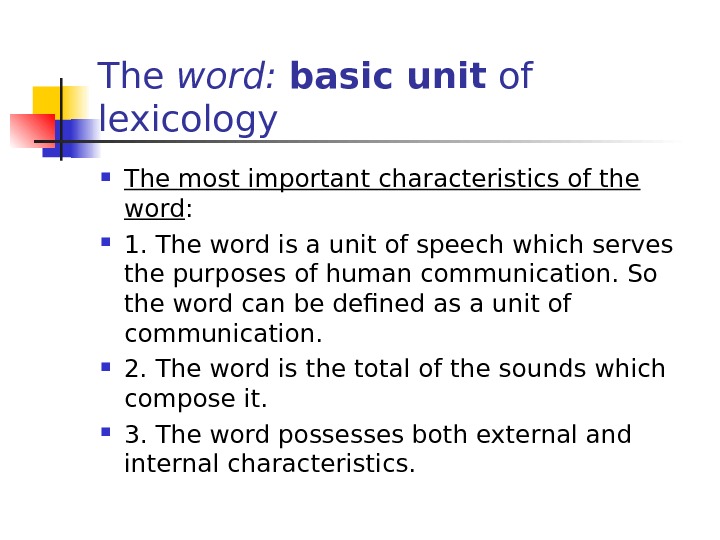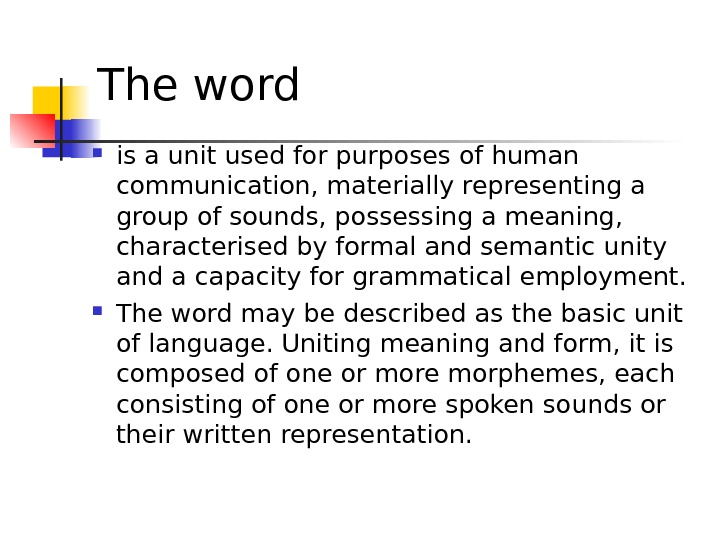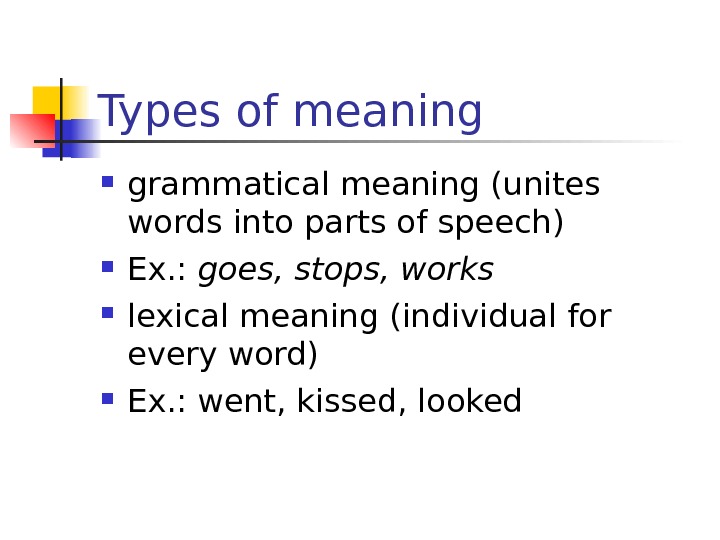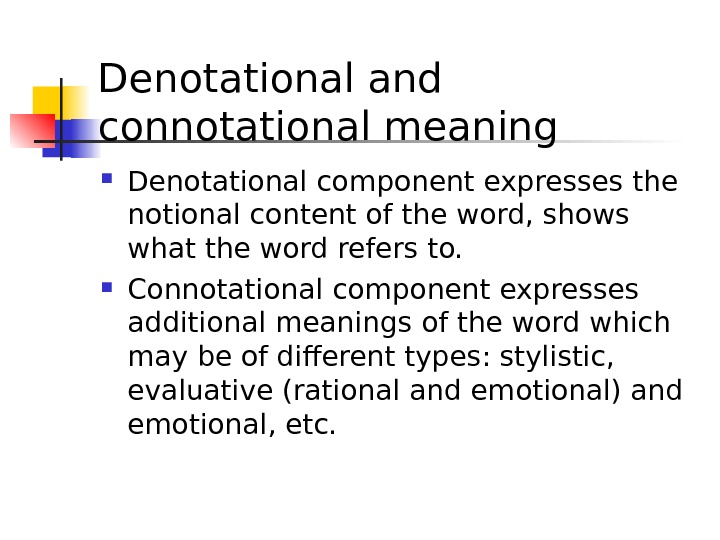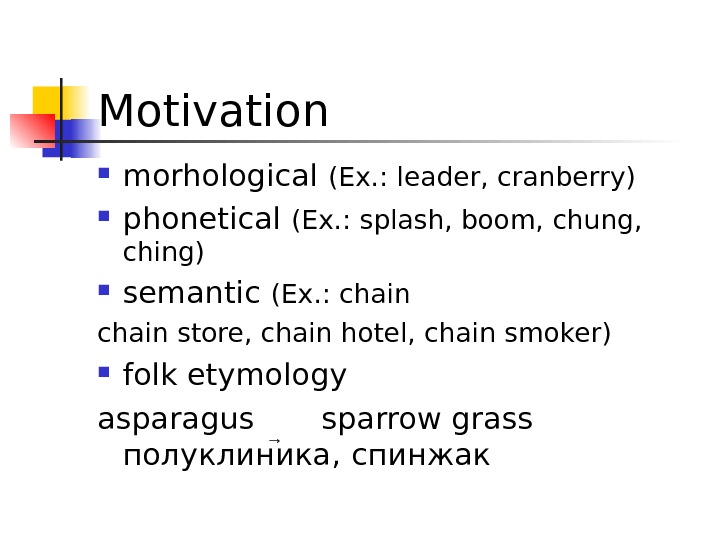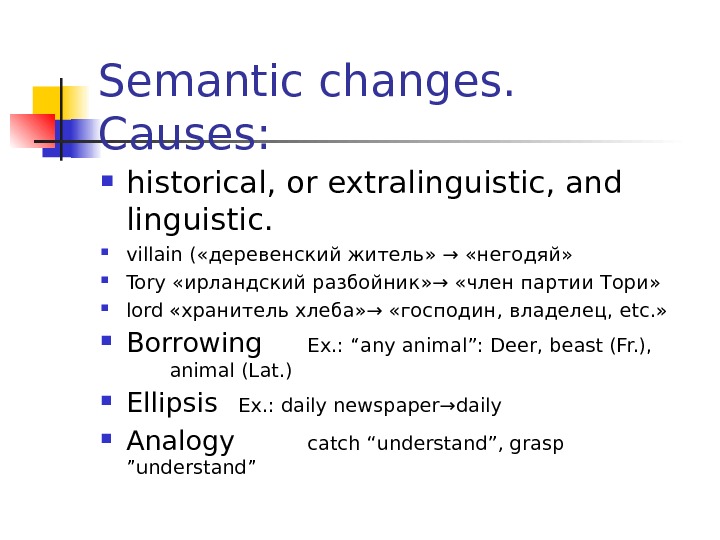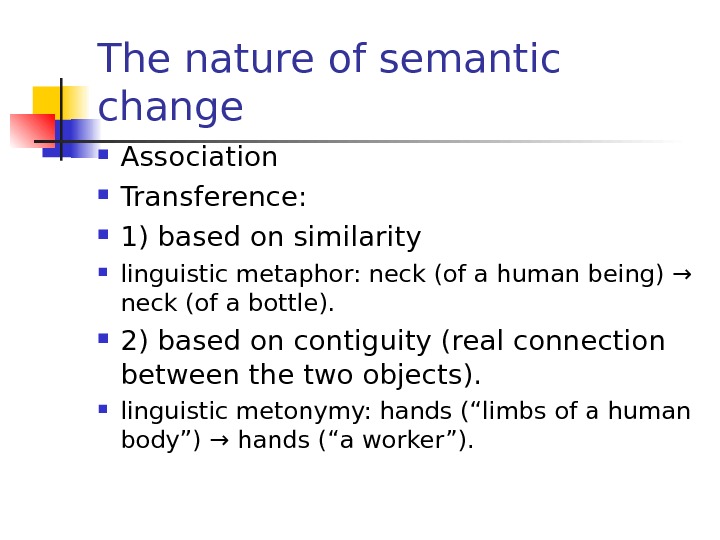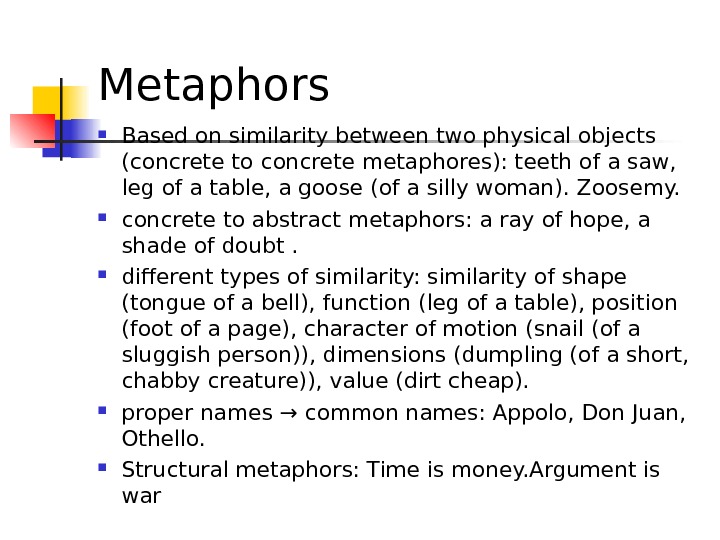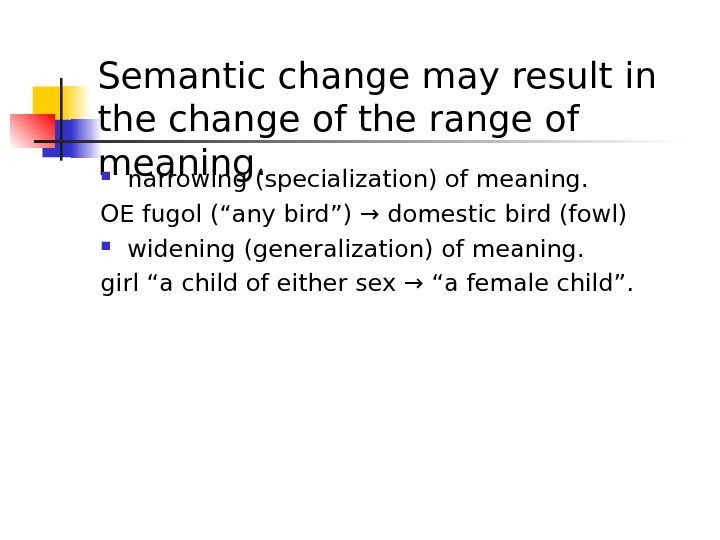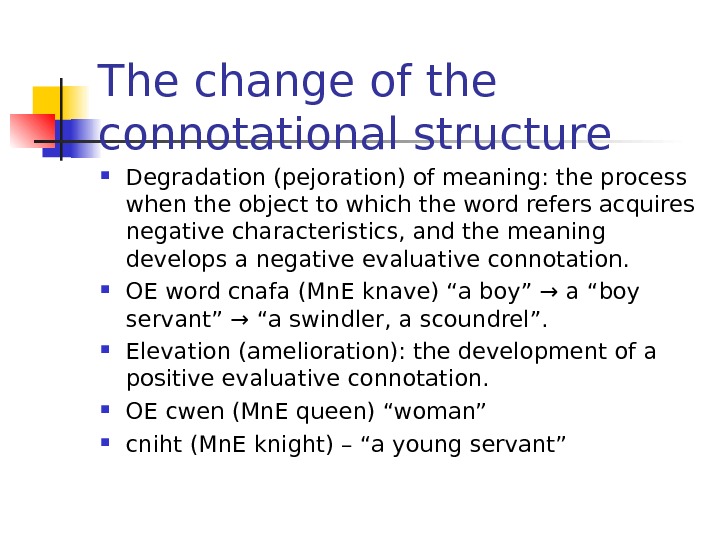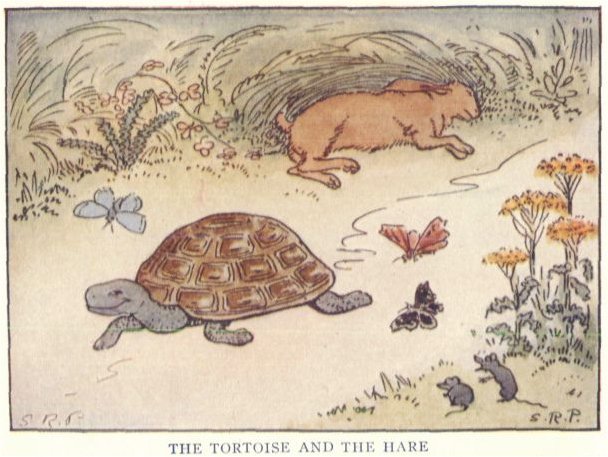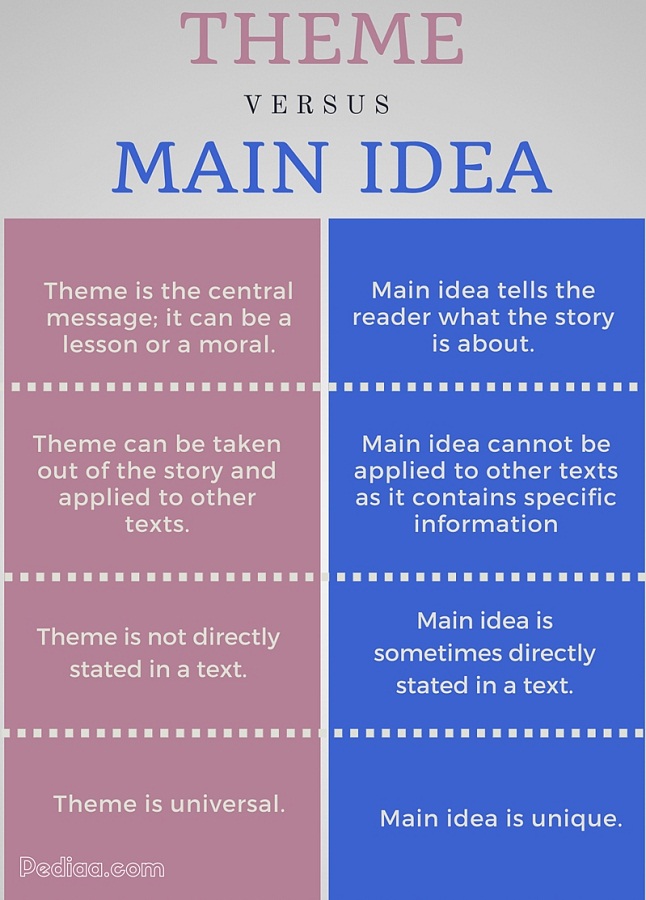Authors write because they want to communicate an idea or message to their readers. Whether they produce an editorial in a newspaper, a blog post, or an email, there is an overall message they want to express to their reader. The idea that the authors want to communicate is called the main idea. Keep reading to learn more about main ideas, their characteristics, and more.
Main Idea Definition
The main idea is a central idea the author wants to communicate to readers. You can identify a text’s main idea by answering this question: «What does the author want me to know about the topic?»
A topic is a broad subject discussed in a speech or written about in a text.
The main idea refers to multiple parts of a piece of writing, most commonly nonfiction. It can describe the big idea an author wants to express in an entire essay, or it can describe the idea of something smaller, like a paragraph.
You can also find main ideas in fiction. Here, a main idea is an overview of the main characters’ actions within the text.
Main Idea and Supporting Details
Main ideas are the big ideas found within an essay. You back your main ideas with supporting details.
Supporting details are reasons, evidence, and facts that explain and support your main ideas.
You can include main ideas and supporting details in an essay. For example, say you are writing an essay analyzing how the Allies won World War II. One of the main ideas for your essay could be how key military victories ensured the Allies won the war. You could use evidence from the effects of the Allies’ victories in the Battle of Normandy and the Battle of the Bulge for your supporting details. Describing the impact of these battles on the war support your main idea that the Allies won because of vital military victories.

Characteristics of Main Ideas
Some of the characteristics of the main ideas in an essay often include:
- Direct statements that let the reader know the point of the topic right away
- Usually lies at the beginning of the essay (but can also be later in the body paragraph)
- Usually formatted as one complete sentence
Authors often state their main ideas in their writing early to avoid confusing their readers. Writers often convey their main ideas in a single sentence. In an essay, the paper’s main idea is the thesis statement.
A thesis statement starts an essay and states the essay’s main idea.
The thesis statement is typically placed at the end of the introductory paragraph.
Writers may also write out the main idea for a shorter section of their writing, such as a paragraph. The main idea for a paragraph is called the topic sentence.
A topic sentence starts a paragraph and states the paragraph’s main idea.
A topic sentence connects the essay’s main idea (the thesis statement) to the main idea of the paragraph in question (the body paragraph).
Examples of Main Ideas
There are several examples of where the main idea would lie in an essay.
The location and importance of thesis statements and topic sentences are consistent from subject to subject. In a history paper about the causes of World War I, you would find the example thesis statement at the end of the introductory paragraph. In this example, the author clearly says the main idea of their paper, which traces the main causes of World War I.
The main causes of World War I include the conflicts arising from the rise of European nationalism, the clash between various European alliances, and the increased militarism within major European powers.
For example, the main idea for a body paragraph for the thesis presented above would be about the rise of European nationalism. The topic sentence(s) would elaborate on this idea by introducing the supporting details used to support the main idea of this paragraph:
The rise of European nationalism, especially in the United Kingdom, France, and Germany, led to the outbreak of World War I. Politicians advocating for their country’s supremacy and underestimating the strength of their geopolitical rivals was a dangerous combination.
Difference Between Main Idea and Topic
Young writers can easily confuse the terms main idea and topic. Remember, the topic is the broader subject you explore in an essay. The main idea is a central idea based on this broader topic. In other words, the main idea is your specific analysis or opinion on the topic.
The topic of an essay could be the ethics of using stem cells in research.
The main idea for this topic would be narrower.
The main idea for this essay could be that stem cell research is ethical since it can lead to medical breakthroughs in treating illnesses.

Difference Between Main Idea and Theme
A trickier distinction is the difference between a piece’s main idea and theme.
A theme is a universal lesson or moral of a text.
You primarily discuss themes when analyzing fiction. So, here are definitions for «theme» and «main idea» in terms of fiction.
The main idea in fiction refers to the «point» of a story.
A theme in fiction refers to its humanistic undertones, such as a philosophy or a human condition.
Note how these are not mutually exclusive. For instance, a story’s main idea (the point of it) can be its theme if the work is short and moralistic.
Take the main idea and theme of Aesop’s fable «The Tortoise and the Hare» (4th century BCE). In the fable, a turtle challenges a boastful rabbit to a race. The rabbit speeds ahead and pridefully waits for the turtle near the finish line. He takes a nap and thinks he will wake up in time to beat the turtle. However, the sleeping rabbit does not see the turtle cross the finish line and loses the race.
Did you know? There are hundreds of fables attributed to Aesop.
The theme would be that pride can prevent one’s success. The main idea is the same because it’s the story’s whole point as well.

That said, a story’s main idea and themes might not collide so perfectly. Take The Lord of the Rings (1954). If you were to capture the epic fantasy’s main idea in a single sentence, you might say something like this:
The Lord of the Rings is an adventurous battle of good versus evil, involving a young, kind hobbit’s quest to destroy the evil villain’s magic ring.
The Lord of the Rings is primarily a fantasy-adventure series, so its main idea regards the characters’ actions and the thrust of the main story, as indicated here.
In many fiction novels, the main idea is the same as the main story. In other words, the main idea lies in the story’s action.
On the other hand, The Lord of the Rings’ s themes are less surface-level than the main idea:
A theme in Lord of the Rings is death in the face of violent warfare and how people brave it and come to expect it.
This theme is not plot or action-oriented. It is oriented in the human heart. This is the case with all themes in stories.
A story usually has many themes, whereas you would argue that it only has one main idea.
Analyzing Main Ideas
On a timed test, you will no doubt analyze a main idea or two, whether in articles, essays, or fiction. First, you need to scope out the main idea’s location. Second, you need to identify it and explain it, which might be harder to do than you think!
Location of Main Ideas
Where could they be hiding? In introductions, body paragraphs, and fiction, main ideas are in various locations.
Location of the Main Idea in the Introductory Paragraph
As you recall, the main idea of an introduction is its thesis statement. A thesis statement is after the hook of an essay.
A hook invites the reader into an essay using statistics, anecdotes, quotes, or other entertaining but informative descriptions.
The thesis statement often appears at the end of the introductory paragraph.
Location of the Main Idea in the Body Paragraph
Usually, you will find a topic sentence at the start of an essay’s body paragraph. It might look like this:
Regarding the district’s need to cut costs while maintaining a high level of academic success, teacher salaries should not be cut.
This topic sentence is an argument, and evidence would follow it.
Location of the Main Idea in Fiction
An author is rarely going to enumerate their story’s main idea. A story’s main idea and themes will often be for the author to know and the reader to find out!
However, if you are lucky enough to find a summary for a story on the jacket, this is a good place to start for finding the story’s main idea. Otherwise, it will be up to you to find the main idea: by reading the story in its entirety and describing it in your own words.
This is why it’s important to know how to search for inexplicit main ideas.
Implied or Unclear Main Ideas
As discussed, the main idea in fiction will be implied and not explicit. This is normal.
However, sometimes you will read an essay or article where the main idea, whether in the introduction or a body paragraph, is not obvious. You can call this an implied main idea. However, the main idea might also simply be unclear.
Say, on a timed test, you are asked to analyze the «main idea of this essay’s opening paragraph.» Imagine that paragraph reads like this.
People just don’t live the way they used to live. When you wake up every morning, you think, «I’ve got all this stuff I need to do today that affects people halfway across the world.» You’ve got a job that connects you to a cold corporate headquarters you’ve been to once. Technology has progressed so rapidly that your head is spinning with all things you could, can’t, or maybe could have done. There is no simplicity today. We live in a cyber web of our design, and there seems to be no way out. It wasn’t always this way.
So what’s the main idea here? Unfortunately, that’s your job to put into words, since the writer didn’t!
Here’s what to do. Narrow the point of what you just read down to a single sentence, focusing on any overarching argument or call for change. Here’s how that might look.
Modern society has sped people up unnaturally, beyond the healthy speed we operated at in the past.
There you go. Main idea: done!
It takes a bit of active reading and some close reading to do this, but it’s the only way you can suss out the main idea if the piece of writing doesn’t do it for you.
In the case of fiction, narrow the point of what you just read down to a single sentence, focusing on the story’s action, the growth of the main character, and any themes you identified.
Main Idea — Key Takeaways
- Main ideas are the central idea the author wants the reader to take away about a topic. A topic is a broad subject discussed in a text or speech.
- The topic of the text is the broad subject discussed. The main idea is the central idea of the text.
- In fiction, the main idea addresses and summarizes the text’s main action and characters. A theme is the text’s universal lesson.
- Writers often state their main ideas in thesis statements and topic sentences. The thesis statement contains the main ideas of an entire paper, while topic sentences state the main ideas of a body paragraph.
- Writers may imply their main ideas, in which case it’s your job to synthesize the main idea.
- Top Definitions
- Quiz
- Related Content
- Examples
This shows grade level based on the word’s complexity.
[ meynahy-dee—uh ]
/ ˈmeɪn aɪˈdi ə /
This shows grade level based on the word’s complexity.
noun
the most important or central thought of a paragraph or larger section of text, which tells the reader what the text is about: Find the main idea in each paragraph.
QUIZ
CAN YOU ANSWER THESE COMMON GRAMMAR DEBATES?
There are grammar debates that never die; and the ones highlighted in the questions in this quiz are sure to rile everyone up once again. Do you know how to answer the questions that cause some of the greatest grammar debates?
Which sentence is correct?
Words nearby main idea
main entry, Mainer, main-force, mainframe, main gauche, main idea, mainland, mainland China, mainlander, mainland Japan, mainline
Dictionary.com Unabridged
Based on the Random House Unabridged Dictionary, © Random House, Inc. 2023
Words related to main idea
core, crux, essence, income, profit, reality, basis, body, bottom line, focus, foundation, heart, importance, nucleus, origin, root, substance, thrust, aspect, character
How to use main idea in a sentence
-
The main idea is that you want all of your images somewhere in your sitemaps.
-
While the main idea is to get some laughs during a grim time, the goat video calls have managed to keep the 500-year-old farm afloat — and staff members employed.
-
“The main idea of the museum is to cheer people up,” Wynd says.
-
It is the myth in its entirety which is alone important: its parts are only of interest in so far as they bring out the main idea.
-
Fernald got up, and acting as though his main idea was just to stretch his legs, strolled up to the front of the car.
-
His main idea was, that he would see how much Bella knew before committing himself.
-
Perhaps the main idea in this was to have a handy refuge in case a sudden need arose.
-
The writer has already used the main idea of the allegory in the Ancrene Wisse (M 172, 271).
Main Idea Definition
Main Idea includes the overall message of the text that a writer intends to convey to the audience. Almost all genres of literature have one or two main ideas in them. However, the main idea in literature is not limited to one sentence or paragraph; instead, it develops and grows throughout the text. It works as the central, unifying element of the story which ties together all other elements. In this sense, it can be best defined as the dominant impression or the generic truth incorporated in the literary piece. Etymologically, the central idea is the phrase of two words ‘main’ and ‘idea.’ The meaning is clear that it is the most important thought of a text which enables the readers to understand the layered meanings of the concerned text.
Examples Main Idea from Literature
Example #1
“A Red, Red Rose” by Robert Burns
“O my Luve is like a red, red rose
That’s newly sprung in June;
O my Luve is like the melody
That’s sweetly played in tune.
So fair art thou, my bonnie lass,
So deep in luve am I;
And I will luve thee still, my dear,
Till a’ the seas gang dry.Till a’ the seas gang dry, my dear,
And the rocks melt wi’ the sun;
I will love thee still, my dear,
While the sands o’ life shall run.And fare thee weel, my only luve!
And fare thee weel awhile!
And I will come again, my luve,
Though it were ten thousand mile.”
This is one of the famous poems of Robert Burns, a renowned Scottish poet, and lyricist. The poem illustrates the intense love of the speaker for his beloved. The central idea of the poem is love, which the writer has declared in the opening lines. However, he further supports this idea by comparing his beloved with a red rose. He has also employed literary elements to make the readers understand his version of love. To him, beauty is transitory, but his love is holy and eternal. Thus, the central idea plays a great role in advancing the action of this poem.
Example #2
Invictus by William Ernest Henley
Out of the night that covers me,
Black as the pit from pole to pole,
I thank whatever gods may be
For my unconquerable soul.In the fell clutch of circumstance
I have not winced nor cried aloud.
Under the bludgeonings of chance
My head is bloody, but unbowed.Beyond this place of wrath and tears
Looms but the Horror of the shade,
And yet the menace of the years
Finds and shall find me unafraid.It matters not how strait the gate,
How charged with punishments the scroll,
I am the master of my fate,
I am the captain of my soul.
The poem, having an artistic expression, was composed to illustrate the courageous stance of a person in unfortunate circumstances. The main idea of the poem is the resilience of human spirit in the face of miseries and challenges of life. Despite having troubles and adverse circumstances, the speaker holds his spirit high and face the difficult time of his life bravely. His optimism and ability to overcome the adversity makes him stronger as he calls himself the master of his fate. He is not afraid of the problems and, this belief enables him to overcome any obstacle that comes to his way. Therefore, courage makes up the main idea of the poem.
Example #3
SCENE I. A desert place. (Macbeth by William Shakespeare, Act I, Scene I)
Thunder and lightning. Enter three Witches
First Witch
When shall we three meet again
In thunder, lightning, or in rain?
Second Witch
When the hurlyburly’s done,
When the battle’s lost and won.
Third Witch
That will be ere the set of sun.
First Witch
Where the place?
Second Witch
Upon the heath.
Third Witch
There to meet with Macbeth.
First Witch
I come, Graymalkin!
Second Witch
Paddock calls.
Third Witch
Anon.
ALL
Fair is foul, and foul is fair:
Hover through the fog and filthy air.
This extract has been taken from one of the famous plays of Shakespeare, Macbeth. This is the opening scene of Macbeth in which three witches discuss their next meeting point, where they plan to see Macbeth. This opening scene not only sets the tone of the play but also highlights the recurring motif of the supernatural creatures. The audience immediately gets an idea that the text is about the evil and foul play.
Main Idea Meaning and Function
Main idea serves as the pause for the audience. It provides them an opportunity to understand the writer’s intention or the reason for his writing. It also makes them recognize and appreciate the deeper meanings of the texts. The writers also use it as a tool that enables them to project their inner thoughts and persuade the readers. Moreover, some of the academic writings unconsciously instill main ideas into the subconscious of the readers with ulterior motives which can be good or bad.
Theme and main idea are important components of any story. The main difference between theme and main idea is, theme is a lesson or a moral whereas the main idea tells us what the story is about.
What is Theme
Theme is the central message or perception that the writer wants to convey to the readers. The theme in fiction is not explicit or literal; it’s an inference the author makes. In other words, a theme is not stated in a book, it is only after reading and understanding the story that the reader can arrive at the theme. A theme can often teach a lesson by giving a moral. Theme presented by the author can be brought out of the text and applied to other texts as well. Therefore, the theme can be universal. Theme can be expressed in one sentence, sometimes just one word is suffice to describe the theme.
Theme can be divided into two categories; thematic concept and thematic statement. Thematic concept refers to what the reader thinks the story about and the thematic concept refers to what that particular work states about the subject.
Keep in mind that a text can have multiple themes as well. However, in most cases, there is a central recurring idea in the book that is taken as the central theme.
Examples:
J.K Rowling’s Harry Potter – love, good versus evil
Shakespeare’s Othello – jealousy
F Scott Fitzgerald’s Great Gatsby – society and class, love
Austen’s Sense and Sensibility – the danger of excessive sensibility.
Theme: It’s easy to despise what you cannot have.
What is Main Idea
The main idea is the overall idea of the story. It tells us what or who the story is about. Main idea can be derived from the plot and the characters, it describes the content and the plot details. Identifying the main idea of a text is similar to identifying the subject in a passage. It provides specific details about the text. This is one of the main differences between theme and main idea; unlike the theme, the main idea of a text cannot be applied to another text, as it contains specific information.
For example imagine that you are writing an essay about the benefits of exercise, and then your main idea would be ‘the various ways in which exercises help your body.’ In an essay, the main idea is generally expressed through the thesis statement.
If you take the story of the rabbit and the tortoise, for example, the main idea of the story would be something like this. “ a hare challenged a tortoise for a race. The tortoise won the race because he kept going and did not give up.”
Difference Between Theme and Main Idea
Meaning
Theme is the central message of the story; it is often a lesson or a moral.
Main idea is what the story is about.
Uniqueness
Theme is universal and can be applied to everyday life as well.
Main idea is unique as it contains specific information.
Identification
Theme is not directly stated in the text; it is inferred by readers.
Main idea can or cannot be seen directly in the text.
Use
Theme can teach a lesson or a moral.
Main idea helps to build the theme.
Image Courtesy:
“Fox & Grapes” by John Rae (Public Domain) via Wikimedia Commons
“The Tortoise and the Hare – Project Gutenberg etext 19993”. (Public Domain) via Wikimedia Commons
You May Also Like These
- Размер: 250 Кб
- Количество слайдов: 17
